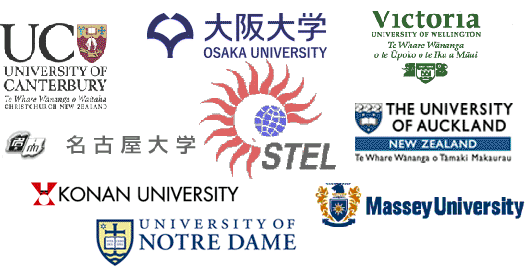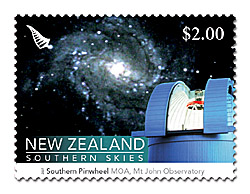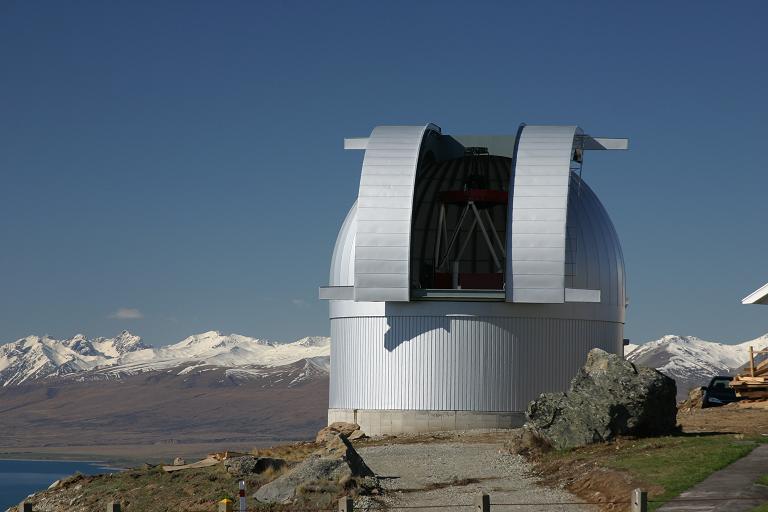 |
MOA (Microlensing Observations in Astrophysics) is a Japan/NZ collaboration that makes observations on dark matter, extra-solar planets and stellar atmospheres using the gravitational microlensing technique at the University of Canterbury Mt John Observatory in New Zealand pictured above. Further studies are also carried out, as described on the webpages to the left.
Bohdan Paczynski 1940-2007
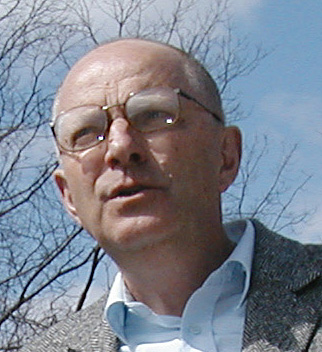
The MOA group notes with deep sadness the death on April 19 of the leading pioneer of gravitational microlensing in the observational era, Professor Bohdan Paczynski of Princeton University. All members of the international microlensing community benefited from Bohdan’s scientific insight and unstinting support. He will be greatly missed. Further information on Bohdan Paczynski is at News@Princeton
![]()
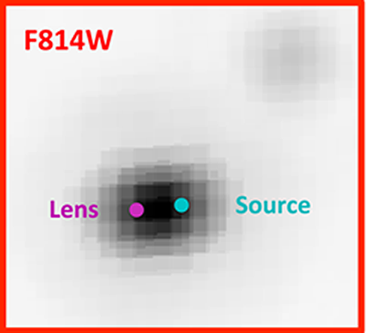
The discovery of the 4th microlensing planet OB05169Lb was confirmed recently by the HST and Keck observatories. They observed the lens and source stars diverging from one another at the rate predicted by the original planetary model of the event. Further information at http://hubblesite.org/newscenter/archive/releases/2015/27/full/
![]()
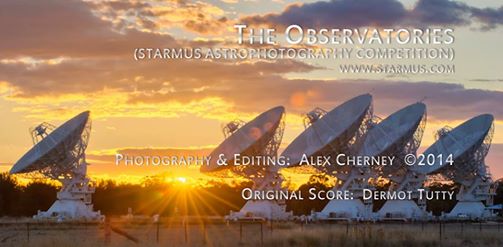
Award winning video by Alex Cherney shows optical, radio and gamma-ray telescopes in Spain, South Africa, Australia and NZ including the Roque De Los Muchachos Observatory, La Palma; Australian SKA Pathfinder, Murchison, Australia; Australia Telescope Compact Array, Narrarbri, Australia; Parkes Radio Observatory, Australia; Siding Spring Observatory, Australia; HESS Gamma Ray Telescope, Namibia; and the MOA Telescope at Mt John University Observatory, NZ. Music by Dermot Tutty. Link http://vimeo.com/103795451
![]()
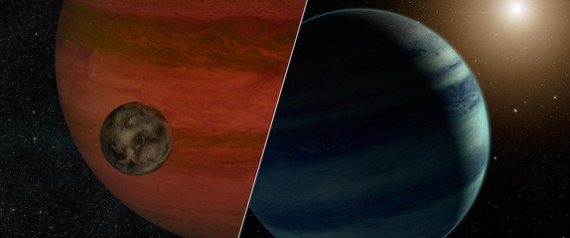 Evidence for a possible free-floating planet with an exomoon was reported recently by David Bennett et al in MB11262 at arXiv:1312.3951. Two fits to the data were found, either a 4M_J free-floating planet with a sub-Earth mass moon at a distance of 500 pc, or a 0.12M_solar star with an 18M_Earth planet at 7 kpc. Some of the data were recorded from Australia by David's daughter Clara.. The event confirms the detectability of exomoons by microlensing.
Evidence for a possible free-floating planet with an exomoon was reported recently by David Bennett et al in MB11262 at arXiv:1312.3951. Two fits to the data were found, either a 4M_J free-floating planet with a sub-Earth mass moon at a distance of 500 pc, or a 0.12M_solar star with an 18M_Earth planet at 7 kpc. Some of the data were recorded from Australia by David's daughter Clara.. The event confirms the detectability of exomoons by microlensing.
![]()
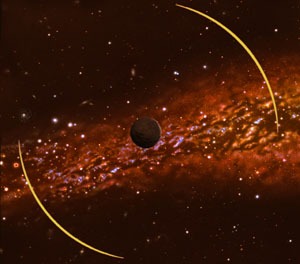 The MOA & OGLE groups recently reported evidence for free-floating planets from survey data taken in 2006 and 2007. Ten microlensing events were found with durations corresponding to Jupiter-mass lenses. The presence of stellar lenses within ~ 10 AU was excluded. These planets may have been ejected from planetary systems through gravitational interactions. The measured ratio of free-floating planets to stars is approximately 1.8. The illustration depicts an infrared image of one of the planets, MOA-ip-10, and the Einstein arcs through which it was detected [credit Jon Lomberg].
The MOA & OGLE groups recently reported evidence for free-floating planets from survey data taken in 2006 and 2007. Ten microlensing events were found with durations corresponding to Jupiter-mass lenses. The presence of stellar lenses within ~ 10 AU was excluded. These planets may have been ejected from planetary systems through gravitational interactions. The measured ratio of free-floating planets to stars is approximately 1.8. The illustration depicts an infrared image of one of the planets, MOA-ip-10, and the Einstein arcs through which it was detected [credit Jon Lomberg].
![]()

Fumio Abe recently added a new string to MOA's bow
by pointing out that yet-to-be-observed wormholes
could be detected by gravitational lensing. For details
see wormhole-detecting methodology
![]()
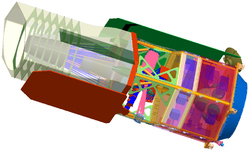 A wide-field infrared survey telescope (WFIRST) received top priority in the US 2010 decadal review for new space missions. WFIRST will study the accelerating expansion of the universe and search for worlds like Earth by gravitational microlensing. Dave Bennett led the submission on exoplanets.
A wide-field infrared survey telescope (WFIRST) received top priority in the US 2010 decadal review for new space missions. WFIRST will study the accelerating expansion of the universe and search for worlds like Earth by gravitational microlensing. Dave Bennett led the submission on exoplanets.
![]()
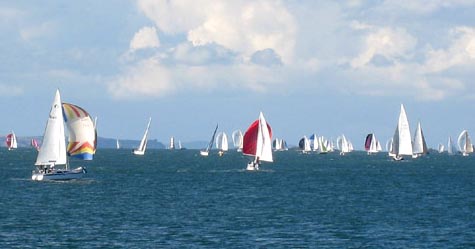
The 14th workshop on gravitational microlensing
will be held in Auckland on 18-20 Jan 2010. Exotic
planets will be on the agenda, and new telescopes
coming on line. Outdoor activities are planned before
and after the meeting.
![]()
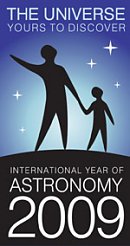
The MOA telescope and Lake Tekapo will be featured in Around the World in 80 Telescopes on 2-5 April 2009 as part of the International Year of Astronomy celebrations.
![]()
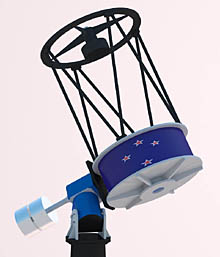 In February New Zealand will receive its latest addition to its suite of telescopes
with the Spanish supplied 60-cm fast-acting, robotic, near-infrared telescope shown
to the left. It is being supplied by the BOOTES group of Alberto Castro-Tirado et al
and will be used to monitor the afterglows of red-shifted southern gamma ray bursts,
In February New Zealand will receive its latest addition to its suite of telescopes
with the Spanish supplied 60-cm fast-acting, robotic, near-infrared telescope shown
to the left. It is being supplied by the BOOTES group of Alberto Castro-Tirado et al
and will be used to monitor the afterglows of red-shifted southern gamma ray bursts,
and also gravitational microlensing events. It will be located at Bill Allen's Vineyard near Blenheim.
![]()
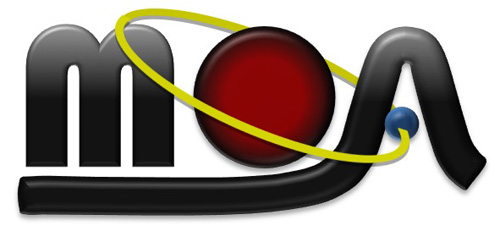
MOA finally has a logo, thanks to Takashi Sako and Taka Sumi.
![]()
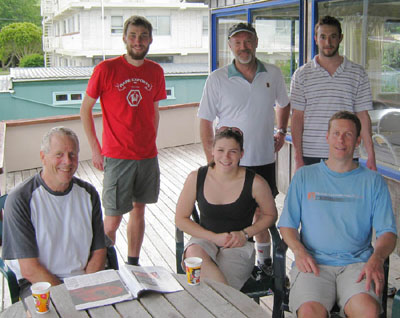
The MOA and uFUN astronomy teams squared off at tennis at Mission Bay Tennis Club on 16 Nov 2008. MOA had the home court advantage and more supporters and narrowly won. Here are Phil Yock (MOA), Eike von Seggern (MOA), Yvette Perrott (MOA), Grant and Duncan Christie (uFUN) and Simon Yock (MOA) after the match.
![]()
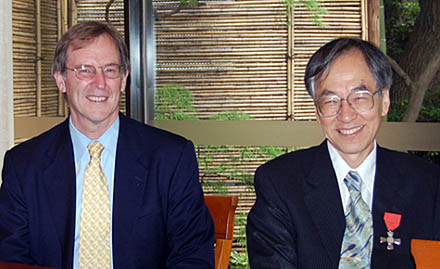 On 25 June 2008 Professor Yasushi Muraki was awarded an Hon MNZM by Ambassador Ian Kennedy of the NZ Embassy in Tokyo to mark 20 years selfless support of joint research in astrophysics by Japan and New Zealand. Those in attendance at the warm and inclusive ceremony, which was conducted entirely in Japanese, included Mrs Muraki, Ambassador Kennedy's wife and son, Drs Fubio Abe and Toshi Yanagisawa of Japan, and Messrs Don Brown, Mark Pearson and Bruce McCallum of the NZ Embassy. Rugby great John Kirwan was honoured at a ceremony at the Embassy the same
week. Details at NZ Embassy.
On 25 June 2008 Professor Yasushi Muraki was awarded an Hon MNZM by Ambassador Ian Kennedy of the NZ Embassy in Tokyo to mark 20 years selfless support of joint research in astrophysics by Japan and New Zealand. Those in attendance at the warm and inclusive ceremony, which was conducted entirely in Japanese, included Mrs Muraki, Ambassador Kennedy's wife and son, Drs Fubio Abe and Toshi Yanagisawa of Japan, and Messrs Don Brown, Mark Pearson and Bruce McCallum of the NZ Embassy. Rugby great John Kirwan was honoured at a ceremony at the Embassy the same
week. Details at NZ Embassy.
![]()
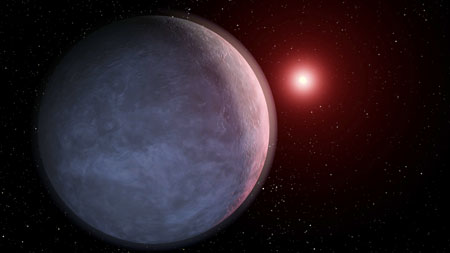 At a recent meeting of the AAS David Bennett announced the discovery of a planet orbiting a very low-mass star, probably a brown dwarf. The planet mass is also low, ~ 3x Earth mass. It was found in microlens event MOA-2007-BLG-192. Although the projected separation is about 0.6 AU, the planet could have a thick atmosphere underlain by a deep ocean warmed by internal heating from radioactivity. Full details at arXiv:0806.0025
At a recent meeting of the AAS David Bennett announced the discovery of a planet orbiting a very low-mass star, probably a brown dwarf. The planet mass is also low, ~ 3x Earth mass. It was found in microlens event MOA-2007-BLG-192. Although the projected separation is about 0.6 AU, the planet could have a thick atmosphere underlain by a deep ocean warmed by internal heating from radioactivity. Full details at arXiv:0806.0025
![]()
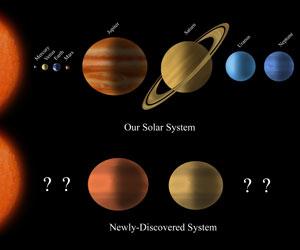
(Richard Kerr, Science, 15 Feb 2008, p. 885) A solar system that is similar to our own has been discovered by the gravitational microlensing community. The observation bodes well for there being a larger number of Earth-like planets than previously thought
![]()
On 6 June 2007 NZ Post issued a “Southern Skies” set of stamps featuring well-known southern objects including the Southern Cross and the Large Cloud of Magellan, and also prominent telescopes. The $2 stamp to the left displays the MOA telescope and the southern pinwheel galaxy. Further information is at Southern Skies
![]()
![]() New MOA alerts for the 2007 Bulge season now out.
New MOA alerts for the 2007 Bulge season now out.
Details of the new microlensing alerts can be found by clicking on the Microlensing Alerts button, or by going to www.massey.ac.nz/~iabond/alert/alert.html
![]()
Hubble Identifies Host Star to Microlensing Planet
http://hubblesite.org/newscenter/newsdesk/archive/releases/2006/38/
![]()
10th Gravitational Microlensing Workshop, Nagoya, January 2006
Proceedings
![]()
Low-mass planet found. See Nature, News and Views, 26 January 2006, pp 400-401.
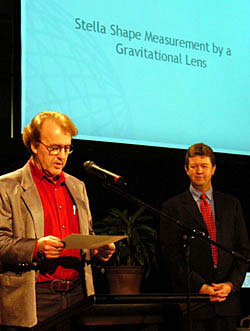
![]()
Denis Sullivan received the nomination on behalf of the MOA group for the World Summit Award in e-science from the Hon Minister of Information Technology David Cunliffe at the NZ National Library, Wellington on 26 July 2005.
![]()
Two recent high magnification events yield new results on stars and planets. Details at A&A and Astro-ph.
![]()
On December 1st the 1.8-m MOA telescope was officially opened at a function hosted by the University of Canterbury, attended by the Presidents (or Vice-Chancellors), Deputy Vice-Chancellors, Pro-Vice-Chancellors and Chief Operating Officers of the Universities of Nagoya and Canterbury. Also attending were the Ambassador for Japan in New Zealand, the Head of the Ministry of Research, Science and Technology of New Zealand, members of the Council of Canterbury University, and representatives of the Royal Society of New Zealand. Approximately 150 people were in attendance, including astronomers from Poland, South Africa and USA, as well as of course from Japan and from throughout New Zealand.
A number of speakers acknowledged the generosity of the Ministry of Education, Culture, Sports, Science and Technology of Japan for providing the funding for the telescope, and also of Earth & Sky Ltd of Tekapo for providing funding for the buildings for the telescope. All speakers acknowledged the international goodwill that has been, and will be, generated through the project.
Montages of the of the opening ceremony appear at the websites below:-
Photographs were supplied by Fumio Abe, Takashi Sako, Tomohiro Sekiguchi and Eve Welch.
Further photographs appear at the MOA Telescope page to the left.
